Jaguar
Jaguar Land Rover breaks silence on design boss Gerry McGovern exit rumours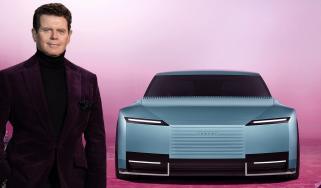

Jaguar Land Rover breaks silence on design boss Gerry McGovern exit rumours
McGovern’s sudden departure came one year on from the huge backlash at Jaguar going ‘woke’,
Used Car Hunter: automatic diesel premium saloons for £12,000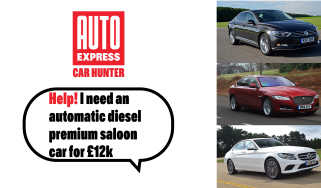

Used Car Hunter: automatic diesel premium saloons for £12,000
Our Car Hunter has a budget of £12,000 to spend on a premium-badged family saloon
Think the radical Jaguar Type 00 is a huge mistake? The internet disagrees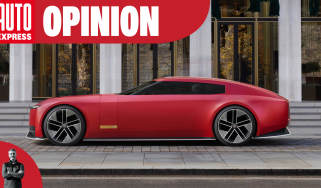

Think the radical Jaguar Type 00 is a huge mistake? The internet disagrees
Jaguar’s controversial rebrand has ruffled a few feathers, but dismiss it at your peril – the hype is real
Best used executive cars to buy 2025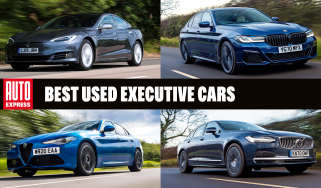

Best used executive cars to buy 2025
If you need a fast, comfortable and stylish set of wheels, these are the best used executive cars that the market has to offer
Best used electric cars to buy 2025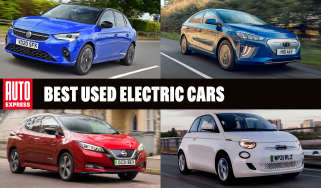

Best used electric cars to buy 2025
Looking to join the EV revolution but have a smaller budget? Here are the best used electric cars to buy
Future of Jaguar, kill or cure? 5 huge challenges new CEO must meet to revive JLR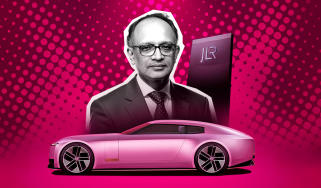

Future of Jaguar, kill or cure? 5 huge challenges new CEO must meet to revive JLR
New CEO to take the reins following the cyberattack which caused a £485m loss and could wipe out whole-year profits
The scariest cars we've ever driven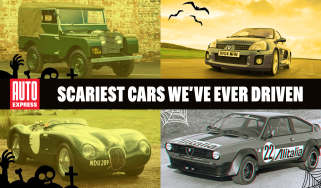

The scariest cars we've ever driven
The Auto Express team have cast their minds back to the scariest cars they’ve had to endure
Jaguar Land Rover cyber attack was costliest in British history, and the pain isn’t over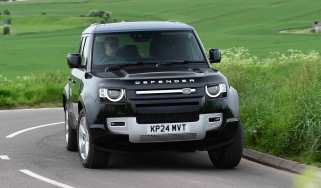

Jaguar Land Rover cyber attack was costliest in British history, and the pain isn’t over
Cyber attack cost the economy anywhere between £1.6 and £2.1billion
New Jaguar GT shows off more of its controversial and crucial design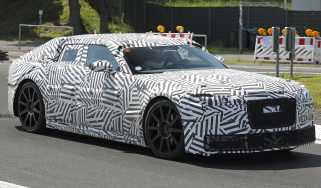

New Jaguar GT shows off more of its controversial and crucial design
It’s been a long time coming, but Jag’s groundbreaking re-brand is getting closer to fruition
Best and worst car brands for depreciation: Which car manufacturer holds value best?

Best and worst car brands for depreciation: Which car manufacturer holds value best?
What brands hold onto their value the best, and which are the worst? With data from experts CDL, we reveal all.
Best new cars coming soon: all the big new car launches due in 2025, 2026 and beyond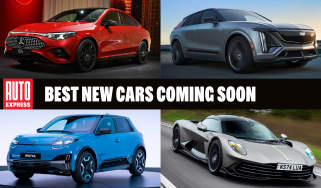

Best new cars coming soon: all the big new car launches due in 2025, 2026 and beyond
Here are the most important new cars from Audi, BMW, Dacia, Ferrari, Ford, Skoda and more that you need to know about
Used Car Hunter: comfortable electric cars for £30,000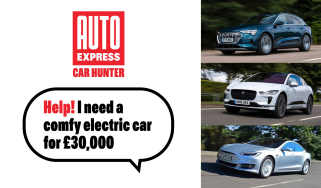

Used Car Hunter: comfortable electric cars for £30,000
Our Car Hunter has £30,000 for a comfortable electric car which is perfect for commuting
Three-car garage: used Range Rover, BMW 8 Series Gran Coupé and Jaguar XK for £100k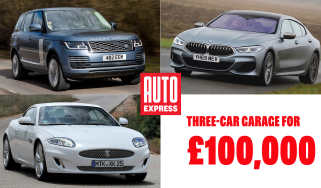

Three-car garage: used Range Rover, BMW 8 Series Gran Coupé and Jaguar XK for £100k
For the price of a new Mercedes S-Class, you can have a luxurious SUV, an elegant saloon and a timeless sports car
Best sounding cars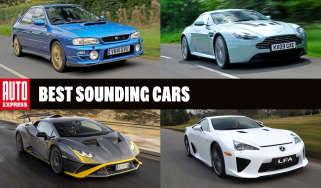

Best sounding cars
Listen up! These are the best sounding cars of all time, according to our experts
Used Car Hunter: mile-munching saloons for £6,000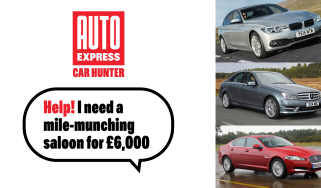

Used Car Hunter: mile-munching saloons for £6,000
Our Car Hunter has £6,000 for a comfortable and cheap saloon that can cope with a high mileage
Used Car Hunter: tech-filled, premium SUVs for £50,000

Used Car Hunter: tech-filled, premium SUVs for £50,000
Our Car Hunter has £50,000 for an upmarket SUV that’s crammed with top-shelf tech
500 job losses at Jaguar Land Rover “disappointing”, says Government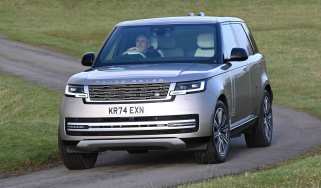

500 job losses at Jaguar Land Rover “disappointing”, says Government
A voluntary redundancy scheme will see 500 managerial positions cut at Jaguar Land Rover
Best classic cars - the classics we’d most love to own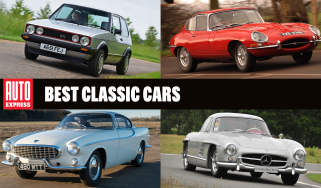

Best classic cars - the classics we’d most love to own
These are our favourite classic cars, from British beauties to V8-engined beasts
Three car garage: Jaguar I-Pace, Land Rover Discovery and Skoda Octavia award winners, all for £45k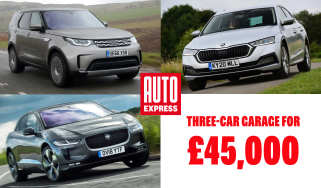

Three car garage: Jaguar I-Pace, Land Rover Discovery and Skoda Octavia award winners, all for £45k
A Jaguar I-Pace, Land Rover Discovery and Skoda Octavia are a fantastic group of former Car of the Year winners
Used Car Hunter: high-class luxury cars for £35,000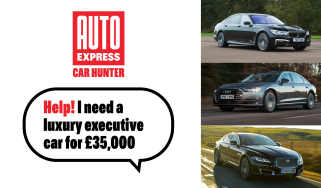

Used Car Hunter: high-class luxury cars for £35,000
Our Car Hunter has a £35,000 budget for a luxury saloon that isn’t a Mercedes S-Class
Used Car Hunter: premium executive cars for £15,000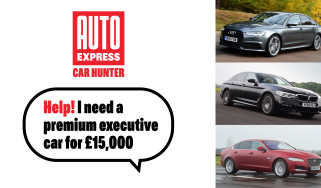

Used Car Hunter: premium executive cars for £15,000
Our car hunter has £15,000 for a posh saloon that will be economical on long trips
Jaguar Land Rover stops car exports to the US in wake of Trump Tariffs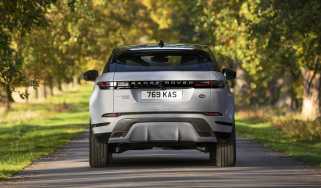

Jaguar Land Rover stops car exports to the US in wake of Trump Tariffs
JLR announced a four-week pause on shipments of all its cars to the US as it comes to terms with 25% tariffs.
Used Car Hunter: fancy electrified SUVs for £40,000

Used Car Hunter: fancy electrified SUVs for £40,000
Our Car Hunter has a budget of £40,000 for a fancy electrified SUV, but which model is the best buy?
New vs used coupes: BMW 2 Series or Jaguar F-Type?

New vs used coupes: BMW 2 Series or Jaguar F-Type?
Which coupe should you splash your cash on? We pick from two top two-doors
Three car garage: £25k for a Citroen C4 Cactus, Jaguar XE and MINI Cooper S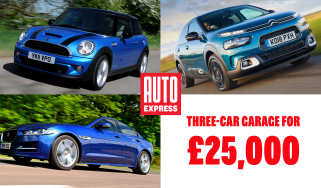

Three car garage: £25k for a Citroen C4 Cactus, Jaguar XE and MINI Cooper S
A practical crossover, svelte executive saloon and rorty hot hatch could be yours for less than £25,000 thanks to the Auto Express used car classified…
Used Car Hunter: flash, four-wheel drive saloons for £20,000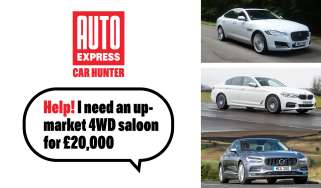

Used Car Hunter: flash, four-wheel drive saloons for £20,000
Our Car Hunter has a budget of £20,000 to find a premium 4WD saloon
Used Car Hunter: fast and fun sports cars for £40,000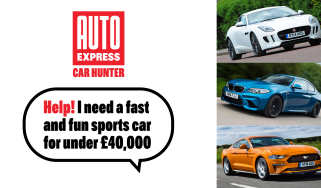

Used Car Hunter: fast and fun sports cars for £40,000
Our Car Hunter has £40,000 for a quick, fun sports car, but what to choose?
New Jaguar Type 00 stirs up more hype by shutting down the streets of Paris

New Jaguar Type 00 stirs up more hype by shutting down the streets of Paris
The Type 00 concept was unveiled in December 2024, previewing a bold new direction for Jaguar
Jaguar boss: we didn’t mean to alienate our owners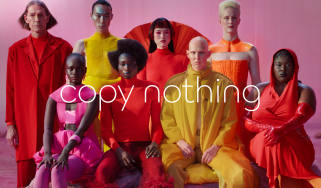

Jaguar boss: we didn’t mean to alienate our owners
Here’s the inside story of how an auto company broke the internet – and the car that’s coming next
Three-car garage: V8 Jaguar F-Type, MINI Electric and Skoda Yeti for less than an entry-level BMW 5 Series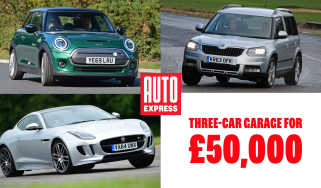

Three-car garage: V8 Jaguar F-Type, MINI Electric and Skoda Yeti for less than an entry-level BMW 5 Series
We’ve created a diverse three-car garage from Auto Express used-car classifieds, all for around £50,000
Best summer cars 2025: our top choices and where to drive them

Best summer cars 2025: our top choices and where to drive them
The Auto Express team list their dream wheels for the warmer months
Jaguar F-Type gets 693bhp V8 from German tuning house Arden

Jaguar F-Type gets 693bhp V8 from German tuning house Arden
Arden provides an old-school tonic to Jaguar new electric focus
Best future classics 2025: car investments that could make you money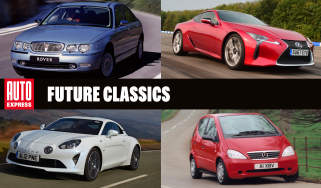

Best future classics 2025: car investments that could make you money
Identifying future classic cars is a tricky but potentially lucrative business, here are our future classic recommendations
It would be great to see Jaguar prove the doubters wrong in 2025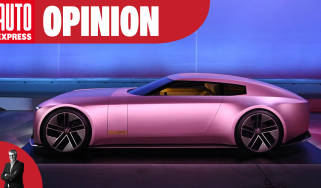

It would be great to see Jaguar prove the doubters wrong in 2025
Can Jaguar make its mark as a luxury, electric car brand in 2025? Editor, Paul Barker hopes so...
New Jaguar GT concept leaked online ahead of official reveal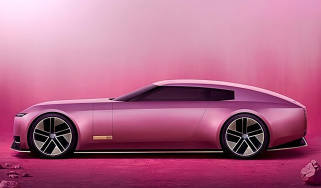

New Jaguar GT concept leaked online ahead of official reveal
The all-electric Jaguar concept adopts bold new styling direction and showcases polarising new logo